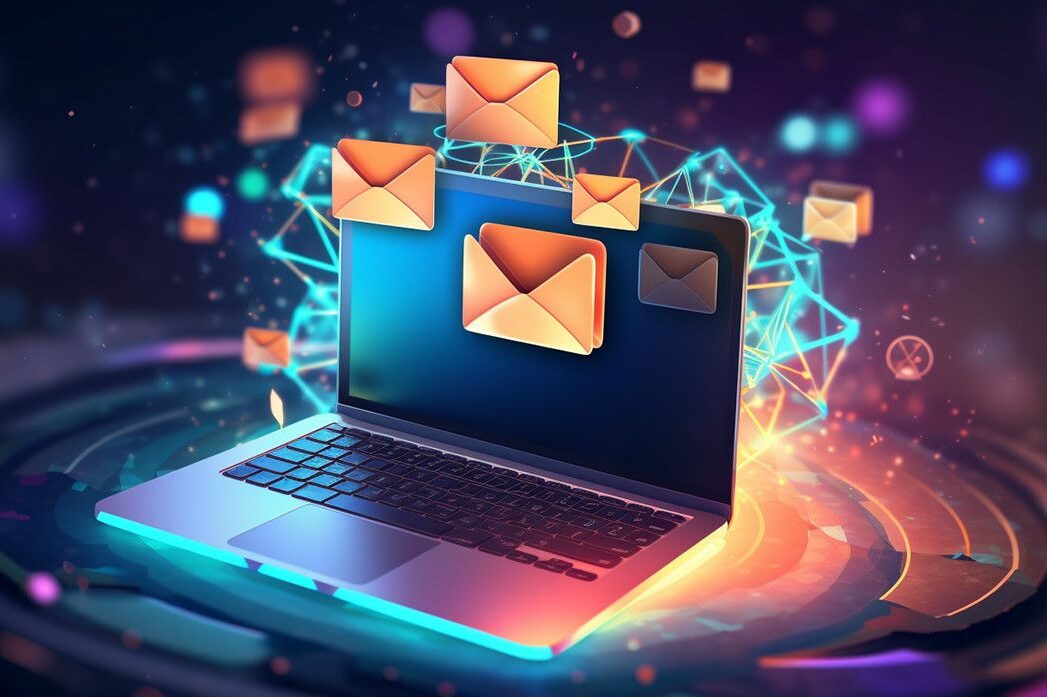Introduction
Cold email campaigns are a powerful tool for generating leads and driving sales. However, their success largely depends on targeting the right audience with a message that resonates. Identifying your target audience is a critical step that can significantly enhance the effectiveness of your email campaigns and reach the people who are most likely to respond positively. Here’s a comprehensive guide to help you identify your target audience for a successful cold email campaign.
Understand Your Product or Service:
Before you can identify your target audience, you need a thorough understanding of what you’re offering. This foundational step involves:
- Defining Benefits: Identify the key benefits and unique selling points of your offering. What problems does it solve, and how does it add value to your potential customers?
- Differentiation: Understand what sets your product or service apart from competitors. This differentiation can help you target a niche audience that is specifically looking for what you offer.
Understanding these aspects helps you determine who would benefit the most from your product or service.
Conduct Market Research:
Look at your existing customers to identify common characteristics and behaviors. This can provide valuable insights into who is already interested in your products or services. Analyze data such as:
- Demographics (age, gender, location,)
- Psychographics (lifestyle, interests, values)
- Buying behavior (purchase frequency, average order value, product preferences)
Utilize industry reports and market analysis to understand current trends, challenges, and opportunities within your sector.
Create Buyer Personas:
Creating buyer personas involves developing semi-fictional representations of your ideal customers based on real data and market research. To build effective buyer personas:
- Profile Details: Include demographics, job roles, company size, and industry.
- Challenges and Pain Points: Identify the main challenges your personas face and how your product or service can solve them.
- Goals and Aspirations: Understand their professional or personal goals.
- Communication Preferences: Determine the preferred channels and styles of communication for each persona.
Segment Your Email List:
Once you have a clear understanding of your target audience, segment your email list accordingly. Segmentation allows you to tailor your messages to different groups within your audience, making your emails more relevant and engaging. Common segmentation criteria include:
- Industry: Target specific industries that would benefit from your offering.
- Company Size: Differentiate between small businesses, mid-sized companies, and large enterprises.
- Job Role: Tailor your message to decision-makers, influencers, or end-users.
- Geographical Location: Consider the geographical location of your prospects if your product or service is location-specific.
Segmentation can significantly improve your email open rates, click-through rates, and overall engagement.
Conduct Surveys and Interviews:
Directly asking your audience for feedback is a powerful way to gain insights into their preferences and needs. Conduct surveys, polls, and interviews to gather qualitative data. Ask questions such as:
- What challenges are you facing that our product/service can solve?
- What features do you value the most?
- How do you prefer to receive information and updates?
- What can we improve in our communication?
Use the responses to refine your buyer personas and improve your segmentation strategy.
Analyze Competitors:
Competitor analysis can provide insights into potential audience segments you may have overlooked. Examine your competitors’ email marketing strategies, audience engagement, and content. Identify who they are targeting and how they are positioning their messages.
Leverage Data Enrichment Tools:
Data enrichment tools can help you gather more detailed information about your prospects. Tools like Clearbit, ZoomInfo, and LinkedIn Sales Navigator can provide valuable data such as:
- Company Information: Industry, size, revenue, and recent news.
- Contact Information: Email addresses, phone numbers, and social media profiles.
- Professional Background: Job roles, career history, and skills.
This enriched data allows you to create more personalized and effective cold email campaigns.
Monitor and Adjust:
Identifying your target audience is an ongoing process. Regularly monitor the performance of your email campaigns and gather data on how your audience is interacting with your emails. Key metrics to track include:
- Open rates
- Click-through rates
- Conversion rates
- Unsubscribe rates
Analyze this data to identify what’s working and what’s not. Adjust your strategies based on these insights to continually refine your targeting and improve your campaign effectiveness.
Use AI and Machine Learning for Advanced Targeting:
Artificial Intelligence (AI) and machine learning can significantly enhance your targeting efforts by analyzing vast amounts of data to identify patterns and predict behavior. AI tools can help in:
- Predictive Analytics: Forecasting which prospects are most likely to engage with your emails based on past behavior.
- Behavioral Segmentation: Grouping prospects based on their interactions with your website, emails, and social media.
- Content Personalization: Creating personalized email content that resonates with each segment.
Craft Personalized Cold Emails:
Personalization is key to a successful cold email campaign. Use the data and insights gathered to craft emails that speak directly to the recipient’s needs and interests. Personalization strategies include:
- Dynamic Content: Use dynamic fields to personalize the email content with the recipient’s name, company, and other relevant details.
- Tailored Value Propositions: Highlight specific benefits that align with the recipient’s pain points and goals.
- Relevant Case Studies: Share case studies or testimonials from similar companies or industries.
Conclusion:
Identifying your target audience is the cornerstone of a successful cold email campaign. By understanding your product, conducting thorough market research, analyzing your existing customers, creating detailed buyer personas, and leveraging advanced tools and technologies, you can ensure that your cold emails reach the right people with the right message. Continuous monitoring, testing, and optimization will further enhance your campaign’s effectiveness, leading to higher engagement and better results. Embrace these strategies to turn your cold email campaigns into powerful lead generation tools.


